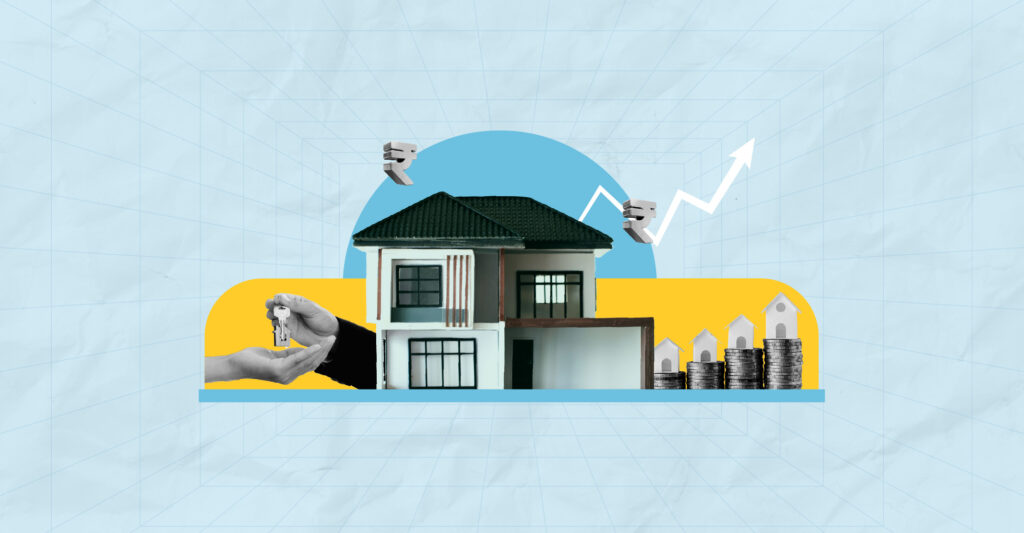Last Updated on May 24, 2022 by
Windmill Capital manages over 50 portfolios – from high-risk, pure-equity strategies to low-risk and asset allocation models. They use data, mathematical models and fundamental analysis while assessing sectors, companies and other asset classes. This makes their approach cautious yet ambitious. Moreover, their experienced team step in for the much needed human touch when the machines and algos miss the nuances and complexities of the markets.
The COVID-19 pandemic has been the de facto reset button for financial markets all over the world, including India. It has been fascinating to track developments concerning the Indian financial markets and to witness the explicit change in the pandemic phase. One of the key themes over this phase has been the constant change in market leadership with respect to different sectors. Hold on, let me explain.
When the crisis hit us, the pharmaceutical sector was undoubtedly the favourite kid of the town as maximum resources got directed towards pharma companies. Then, it was time for the IT players to enjoy the attention and make handsome gains as companies across the world began to work remotely. This was followed by commodity facing stocks (read: steel, sugar, and so on) that benefited due to disruptions in the supply chain.
While the list goes on, the point that I want to drive home here is the fact that sector market leadership, for brief periods, has become the flavour of our markets. Revolving around the aforementioned theme, this article will talk about one of the upcoming sectors that might be at the start of its beneficial cycle and provide insight into the way you, as an investor, can go about considering investing in the sector.
Indian housing sector
In congruence with the population of our country, the real estate industry in India is one of the largest in the world. It is needless to say that the housing sector forms a sub-sector in the real estate industry. To put forth some perspective, the real estate industry in India is the second largest employer after agriculture. Market forecasts suggest that the industry is on its course to touch ~$1 tn. in market size by 2030 from the current ~$200 bn. That shall equate to a GDP contribution of nearly 13% as compared to the present 8-9%. Now if you’re wondering this is one of those articles that is heavy with numbers, then no that’s not the case.
In my view, it is imperative to present these lofty industry size numbers with a slightly more nuanced metric to make sense of the entire context. And that metric is affordability. At the end of the day, all that matters is whether an average Indian household is able to afford a house of their choice.
Source: HDFC Ltd Investor Presentation
The graph above exhibits the affordability index in India. As mentioned, affordability equals property prices divided by annual income. Therefore, lower the number, better the affordability. In 2021, affordability was the best in as many as 25 yrs, suggesting that the housing market has bullish trends.
The next logical question is why does the housing market in India have positives? Again, there are a multitude of factors contributing to the positives but allow me to chalk out the prominent ones:
a) All time low interest rates: home loans are available at the lowest rates and prospective buyers are availing the same to their advantage
b) Rapid urbanisation: with the internet and digitisation becoming the central theme, more folks aspire to live in urban centres. At present, approximately 32% Indians live in cities, that number is expected to go up to 50% by 2030
c) Robust government initiatives: government policies with regards to taxes and other overhead expenses (slash in stamp duty, registration fee) have been encouraging, both for developers and buyers
d) Average time spent or top-up demand: it is needless to say that the amount of time an individual spends in their house has gone up drastically owing to the pandemic. Now, this has led to folks wanting to refurbish their spaces thereby providing thrust to the overall sector
Market narrative and ancillary sectors
After having spoken about this sector from an economic angle, let us explore the sector from a market angle. NSE indices, India’s largest index maker and provider, recently launched an index – Nifty Housing Index. The index aims to track the performance of a portfolio of stocks that represent the housing theme in India. It is important to bear in mind that usually a thematic index formation is an indication that the particular idea is gaining ground (housing in this case).
Now what is interesting with the entire framework of the housing sector is the multifacetedness it carries. Meaning, the housing sector has a number of ancillary sectors alongside that play a crucial role in its growth prospects.
Source: NSE Indices – Factsheet
If you take a look at the sector representation of the Nifty Housing index, you get to witness the diversity it exhibits. It is fairly intuitive to understand this, right? Behind making a house, contributions from all these sectors present in the image are necessary, starting from financial aid and construction materials to household appliances. This clearly acts as a great bandwagon for the economy as a whole, because if the housing space is doing well, the ancillaries are bound to perform well.
Broadly speaking, one could say there have been various nudges from market regulators as well as fund managers to democratise the idea of investing in the housing theme. In July 2021, Securities and Exchange Board of India (SEBI) had lowered the minimum investable amount for Real Estate Investment Trusts (REITs) from Rs 50,000 to Rs 10,000. This was also an early indication of the sector’s promising future.
Windmill Capital corroborates with the housing theme idea and propagates it with the Affordable Housing smallcase. The smallcase has exposure towards a diverse mix of companies that are at the forefront of the housing theme in India. The portfolio has managed to deliver a 5-yr compounded return of nearly 14.5%.
All in all, this article should serve as a mental model for you, as a market participant, to look at the bigger picture when exploring themes. With a sector like housing, we get to see the trickle-down effect in great detail. Understanding of cycles is a crucial element in this regard and the idea should be to enter a given sector at its inflection point. This just equates to being at the right place at the right time. Hence, it is paramount to take note of such nuances and tangibly act on various possibilities attached to it. Hope you had a good read!




